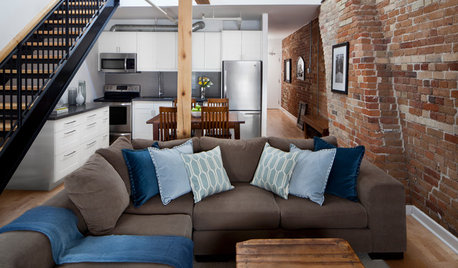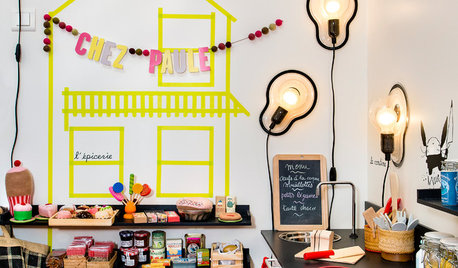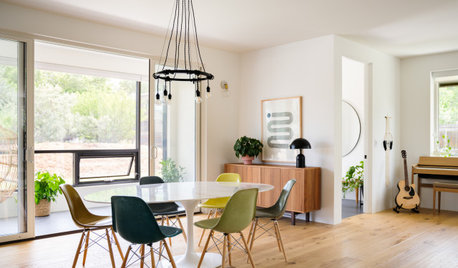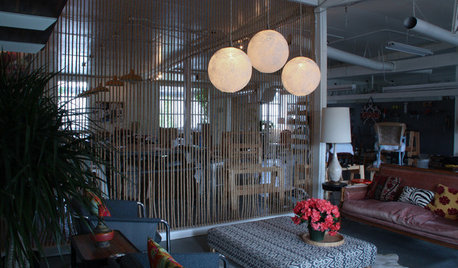Home Depot Shop Light 732-334
shabbu
15 years ago
Related Stories

KITCHEN CABINETSChoosing New Cabinets? Here’s What to Know Before You Shop
Get the scoop on kitchen and bathroom cabinet materials and construction methods to understand your options
Full Story
DECORATING GUIDESBudget Decorator: 12 Ways to Perk Up Your Home for Fall
Get crafty or shop strategically to give your nest that extra-special touch while you’re cozying up on chilly days
Full Story
HOUZZ TOURSMy Houzz: A Surprisingly Light Lakeside Log Cabin
Light gray paint and lots of natural light take this cabin on a Michigan lake out of moody country
Full Story
HOUZZ TOURSHouzz Tour: Light Dawns on a Toronto Penthouse Loft
Somber details in a former warehouse give way to bright white walls, nautical touches and exposed fixtures with an industrial edge
Full Story
LIGHTING10 Ways With Wall Lights That Don’t Need to Be Wired In
Learn how to add illumination to your home without carving into the walls
Full Story
HOUZZ TOURSMy Houzz: Hillside Home in Northern California
A stylist capitalizes on a stunning view of the San Francisco Bay and natural light in every room of her contemporary family home
Full Story
FEEL-GOOD HOME10 Tips for a More Peaceful Home
Turn your everyday living space into a serene retreat by clearing visual distractions, softening your lighting and more
Full Story
KITCHEN DESIGNKitchen of the Week: Going Elegant and Bright in a 1900s Home
Dark and closed off no more, this Atlanta kitchen now has a classic look, increased natural light and a more open plan
Full Story
DIY PROJECTSLace Goes Modern in an Upholsterer's DIY Pendant Lights
Bring romance to a room with delicate pendant lights you can make yourself
Full Story
SHOP HOUZZHouzz Products: Bling for Your Bath
Elevate your everyday routine with luxe-looking bathroom accents like bedazzled faucets, crystal lights and holders that shine
Full Story





sewobsessed
digdirt2
Related Professionals
Wrentham Landscape Architects & Landscape Designers · Citrus Heights Landscape Architects & Landscape Designers · Duarte Landscape Contractors · El Reno Landscape Contractors · Hollywood Landscape Contractors · New Baltimore Landscape Contractors · Paterson Landscape Contractors · Petaluma Landscape Contractors · Alhambra Fence Contractors · Aliso Viejo Fence Contractors · Compton Fence Contractors · Palo Alto Fence Contractors · Prairieville Fence Contractors · Tavares Fence Contractors · Winchester Fence Contractorsnckvilledudes
shebear
clumsygrdner
shabbuOriginal Author
aliceinvirginia
rokal
macheske
wordwiz
macheske
wordwiz
macheske
macheske
wordwiz
shabbuOriginal Author
token28001
shabbuOriginal Author